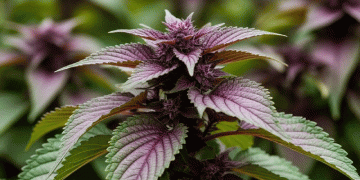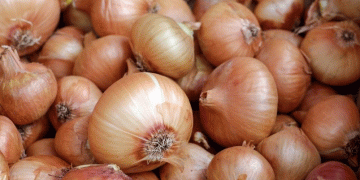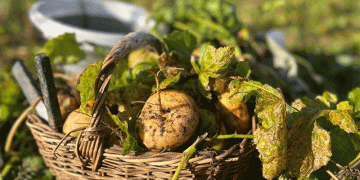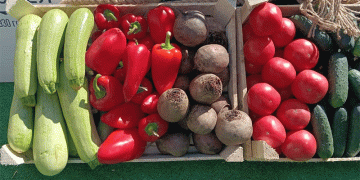Phytophthora infestations can have a devastating impact on tomato crops, leading to significant yield losses and reduced profits for farmers. In this article, we will discuss what phytophthora is, how to identify it, and the best methods for preventing and managing infestations.
Phytophthora is a plant pathogen that causes a variety of diseases in crops, including tomatoes. According to a report by the American Phytopathological Society, phytophthora infestations are responsible for significant yield losses in tomato crops worldwide. In the United States alone, losses from phytophthora infestations in tomato crops are estimated to be as high as $400 million annually.
To identify phytophthora infestations in your tomato plants, watch for wilting, yellowing leaves, and lesions on the stem or fruit. Infected plants may also have a damp, musty smell. If you suspect that your tomato plants have been infected with phytophthora, it is important to act quickly to prevent the spread of the disease.
Preventing phytophthora infestations in your tomato plants starts with good sanitation practices. Be sure to remove any plant debris from your garden, as this can harbor the pathogen. It is also important to rotate your tomato crops with other crops, as this can help prevent the buildup of the pathogen in the soil.
Another effective method for preventing phytophthora infestations is the use of resistant tomato varieties. According to research conducted by the University of California, Davis, several tomato varieties have shown resistance to phytophthora, including the varieties Heinz 1706, NC 84173, and H7996.
If your tomato plants have already been infected with phytophthora, there are several management strategies that can help control the disease. These include applying fungicides, removing infected plants and soil, and increasing soil drainage to reduce moisture levels.
In conclusion, phytophthora infestations can have a significant impact on tomato crops, leading to reduced yields and profits for farmers. However, with good sanitation practices, the use of resistant tomato varieties, and effective management strategies, it is possible to prevent and control phytophthora infestations in your tomato plants.
































